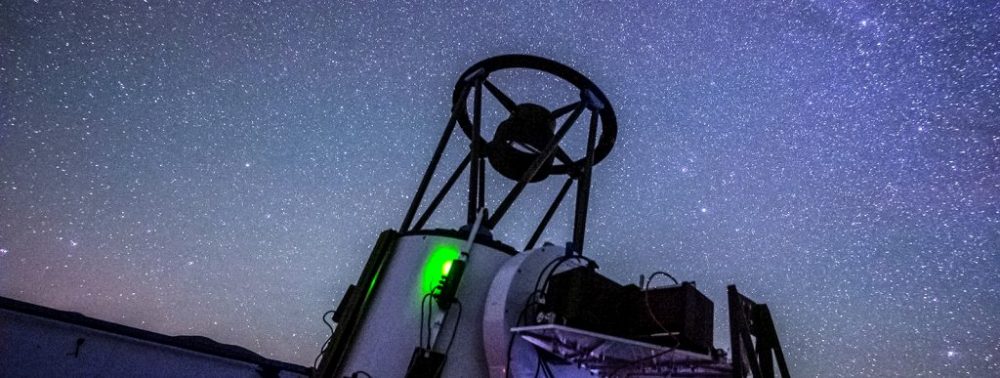NU researchers obtain their first technical result in NU telescope operation
Kazakhstan’s fastest telescope, NUTTellA-TAO (Nazarbayev University Transient Telescope at Assy-Turgen Observatory) responded to NASA’s gamma-ray burst (GRB) alert in seven seconds.
On August 19 at 21:45, NASA sent a real-time GRB alert to observatories around the world. In one second, NUTTellA-TAO processed NASA data and in seven more, it autonomously deployed and started taking images.
“It turned out that the source (of gamma-ray burst) was located near the Galactic plane with a strong optical absorption (latitude = 0.45, longitude = 126.8 degrees), which increases the likelihood that this was a new galactic transition process. Despite the fact that the gamma-ray burst captured by the telescope was weak, we can still say that we got the first technical result confirming that our observatory can work in an autonomous mode and has successfully started observations without being operated by a human. Now we need to proceed with our work, patiently wait for the next bright gamma-ray burst and then, take images of it,” said Zhanat Maksut, researcher of the Project Group of the Energetic Cosmos Laboratory NU.
The NUTTellA-TAO telescope was built by a development team led by Professor Bruce Grossan, Head of Observation Astrophysics and Optical Instrumentation at the Energetic Cosmos Laboratory, which was founded by Nobel Laureate Professor George F. Smoot.
George F. Smoot, a winner of a Nobel Prize in Physics and the founder and director of the Energetic Cosmos Laboratory at NU


